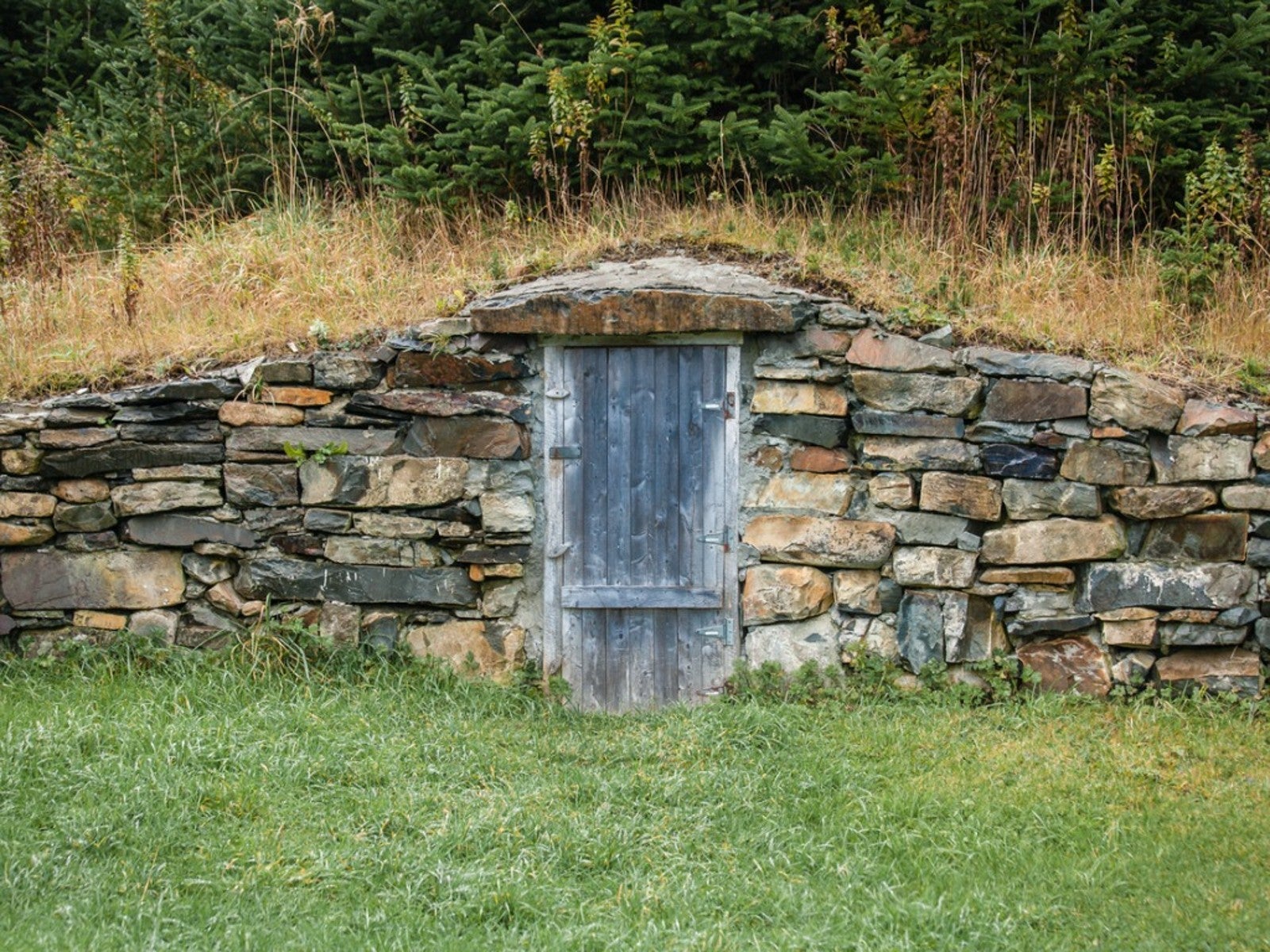What Is A Root Cellar – Tips For Using And Building A Root Cellar


In areas where season changes preclude the ability to grow fruits and vegetables year-round, a root cellar is the key to economical, long-term storage of produce over the winter. But what is a root cellar? What are the benefits of root cellar storage? And which root cellar designs work best?
What is a Root Cellar?
Before the widespread use of refrigeration, root cellars were the primary method of storing food for the winter. Often located underground, the various root cellar designs had one thing in common – the ability to hold produce at a desired temperature and humidity without the use of electricity. The desire to reduce one's carbon footprint has created renewed interest in the benefits of root cellar storage.
Modern root cellar designs can include a cold closet built into the basement of a house, a cinder block or poured concrete building built into the side of a hill or commercial underground warehouses complete with semi-trailer accessibility. Conversely, burying waterproof containers in the ground can provide adequate cold storage for those who do not wish to invest in building a root cellar.
Key Factors in Root Cellar Designs
- Temperature: For long term storage of cool season crops, a temperature range from 33 to 40 degrees F. (.6-4.5 C.) is considered ideal. Temperatures in this range reduce spoilage, but prevent freezing of produce.
- Humidity: Maintaining high humidity levels reduces evaporation which results in wilted or limp produce. Likewise, reducing humidity prevents drier vegetables from absorbing too much moisture.
- Ventilation: Controlled air flow not only helps regulate temperature and humidity, but also removes ethylene gas and undesirable odors which can permeate produce. When building a root cellar, it's best to include ventilation in the initial plans rather than retrofit it later.
- Light control: Darkness helps crops maintain quality and reduces sprouting. In the case of potatoes, exposure to light promotes green skins which contain toxins. Keep the interior of the root cellar dark by covering windows and turning off lights.
- Usability: Accessibility, size and storage influences the practicality of root cellars. Prevent the need to hike through deep snow to retrieve produce by building a root cellar close to the house. Make it large enough to hold the desired amount of winter produce and use non-corrosive shelving units and bins.
How to Use a Root Cellar
Due to environmental factors and design, it may take a bit of experimentation to learn how to use a root cellar. The general recommendation is not to store fruits with vegetables, as the former gives off ethylene gas which shortens the shelf life of many veggies. Additionally, various types of produce have different storage requirements. Consider these guidelines as you learn how to use a root cellar:
Cold and very moist storage: 33-40 degrees F. (.6-4.5 C.); 90% or higher humidity.
- Beets
- Brussels sprouts
- Carrots
- Celeriac
- Celery
- Chinese cabbage
- Horseradish
- Jerusalem artichoke
- Kale
- Kohlrabi
- Leeks
- Parsnips
- Radishes
- Rutabaga
- Sunchokes
- Turnips
Cold and moist storage: 33-40 degrees F. (.6-4.5 C.); 80-90% humidity.
- Apples
- Cabbage
- Cauliflower
- Eggplant
- Endive
- Grapefruit
- Grapes
- Oranges
- Pears
- Potatoes
Cool and dry: 35-40 degrees F. (1.7-4.5 C.); 60-70% humidity
Gardening tips, videos, info and more delivered right to your inbox!
Sign up for the Gardening Know How newsletter today and receive a free copy of our e-book "How to Grow Delicious Tomatoes".
- Garlic
- Green soybean pods
- Onions
Warm and dry: 50-60 degrees F. (10-15.5 C.); 60-70% humidity
- Green tomatoes
- Pumpkins
- Sweet potatoes

Laura Miller has been gardening all her life. Holding a degree in Biology, Nutrition, and Agriculture, Laura's area of expertise is vegetables, herbs, and all things edible. She lives in Ohio.